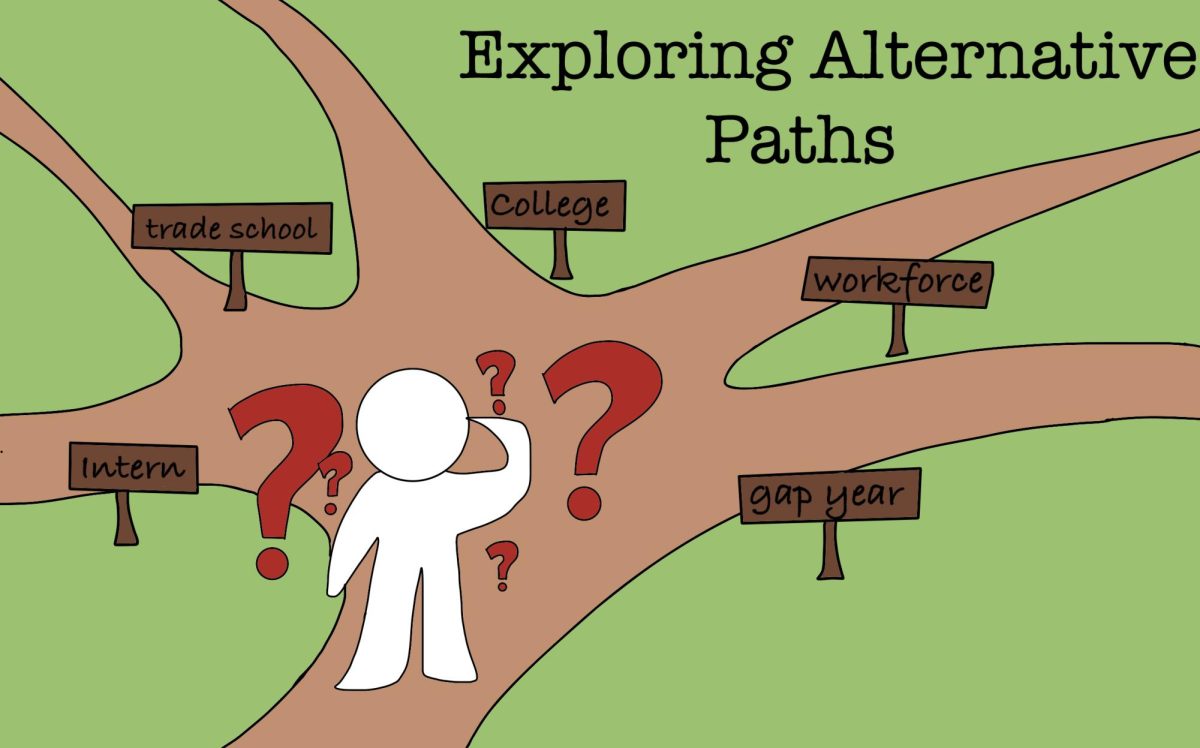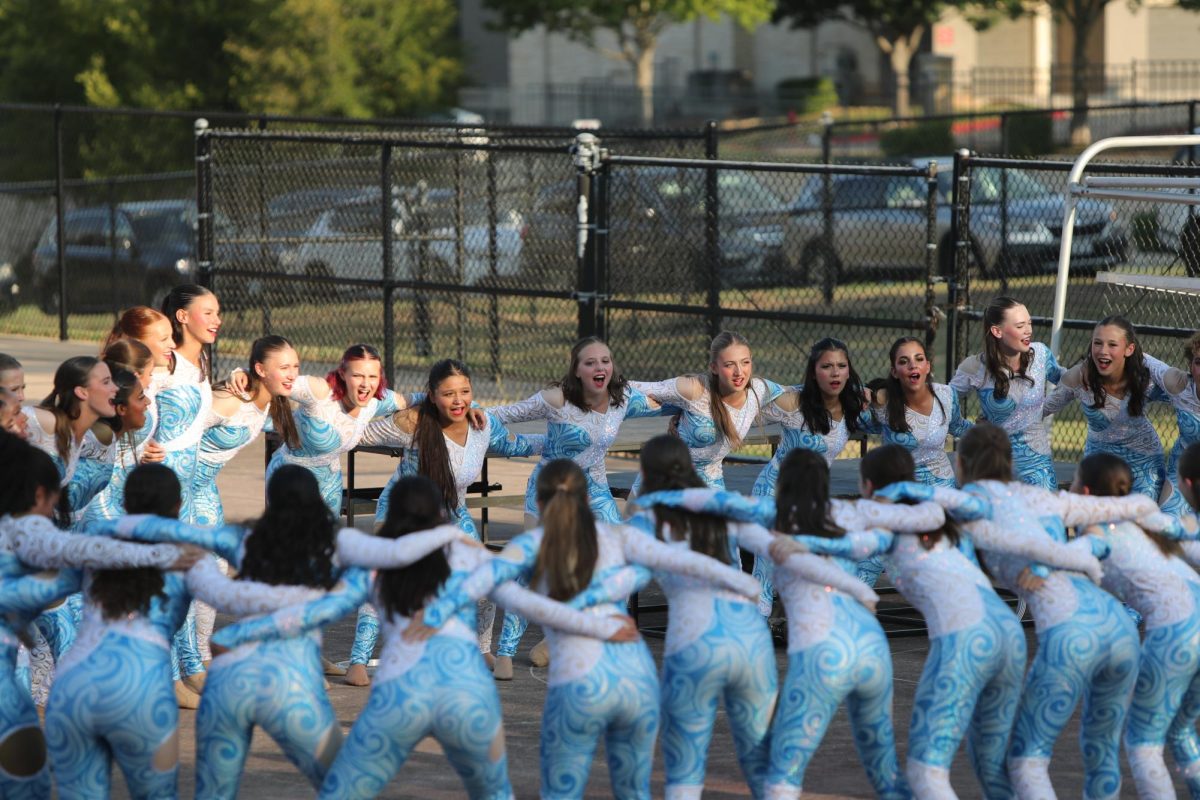As high school comes to an end, every senior has a different vision for where they want to see themselves in life. While a large number of graduates have their heart set on a college and degree plan, this route may not be for everyone. There are still many other options for students who are not sure about pursuing a four-year college or are not ready yet.
“The first thing I’d like students to think about is ‘what does my life look like several years down the road?’” College and Career Coordinator Katie Kendall said.
Kendall tries to educate students on criteria such as work hours and work-life balance for students to make an informed decision. The advisor has made it her mission to provide aid to students who are still deciding how they would like to set up their future. With the many pressures of senior year, she is here to help post-graduation planning easier and simpler for students.
“One of the issues with pivoting as you get older is having people to be able to support your pathways. Once you get to college, the support is still there, but a little bit less, and past that is even less,” Kendall said. “you have to advocate for yourself, and know those options [in college].”
Kendall encourages post secondary education as a good route to take after high school, however, it doesn’t have to happen just yet (or at all if that is preferred). Pursuing an academic path automatically provides structure and responsibility to one’s life, advances knowledge of specialized topics, and also opens the door to high earning potentials.
“One of the greatest ways to pivot, after high school or at any time, is to go back to school,”
Kendall said. “whether it’s community college such as ACC, a trade school, getting another degree if you’ve already gotten one in something you’re really passionate about.”
There is also the option of workforce certificates which are designed to be more affordable, allow faster entry into the workforce, and build job-specific skills. These programs can typically be anywhere from 3-18 months.
“There are workforce certificates for you if you want to be in a particular field,” Kendall said.“For example, if you were doing engineering and you wanted to be out in the field and do more work out in the world and not behind a desk, there is a workforce certificate for [you] to not only get access to those skills but also to the job market.”
Aside from these, there are many other options for seniors who would rather go into the workforce after graduation. There are internships and apprenticeships, and many even help pay for the cost of an associate’s degree with the promise of a job once completed.
“There are some definite pathways to help with [going straight into the job market after highschool] “ Kendall said. “Internships and apprenticeships are often where you get that hands-on, on-the-job learning and training.”
Resources as to where these programs can be found and the requirements for them are typically posted by career and technical education teachers. Kendall is also planning on posting a slideshow to the senior google classroom about them later this month. Another possibility for seniors is the option of taking a gap year. Gap years allow time for self-discovery, gaining new experiences, clearly defining what the next steps are, and building independence for later in life.
“Students in previous years and this year who are planning to take a gap year are trying to figure out what their next steps are- where they want to go, what they want to do,” Kendall said.
“They just aren’t quite sure what their next steps are.”
There are many different routes for gap year students to take. Kendall recommends volunteer work as a good choice, which may allow the opportunity to travel as well. There are also gap year associations which provide advice, program listings, networking opportunities, and more.
“There are a lot of different opportunities for gap years that I would love students to start exploring,” Kendall said. “Working [or] doing one of these apprenticeships or internships would be really helpful to start thinking through what you might be interested in”
Deciding what you want your future to look like is no easy decision. While college has been seen as a traditional route to success for a long time, it is certainly not the only one that can ensure a satisfied future. It is essential that seniors think ahead to make decisions based on their passions, interests and goals to ultimately promote self growth and prosperity in their chosen career path.









